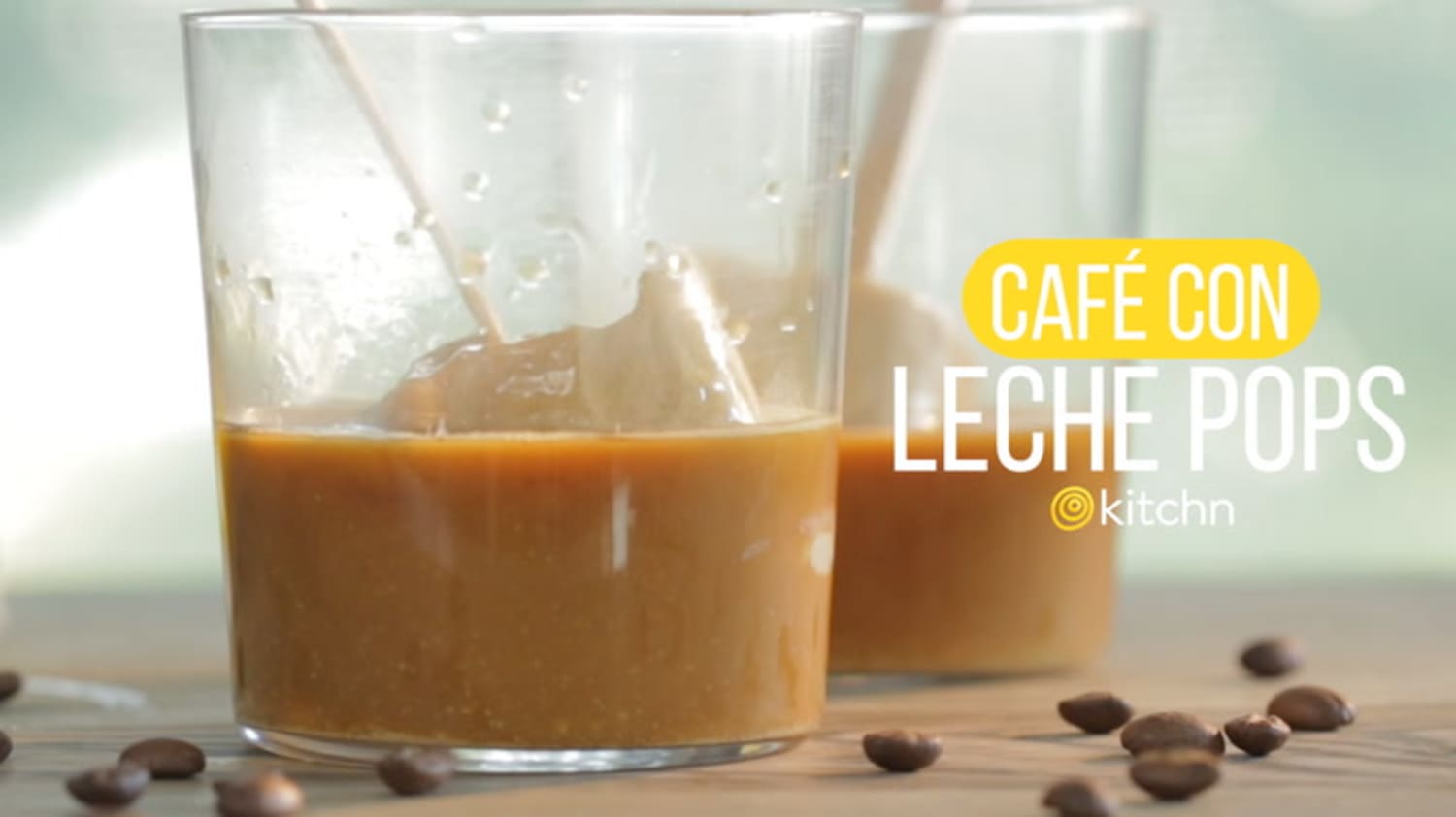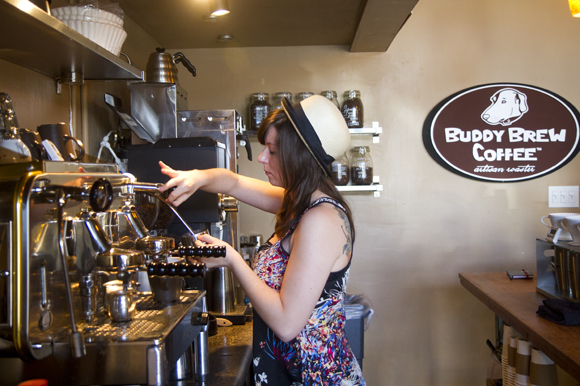
The world should be glad to know this because the demand for Behike is overwhelming. And his oversight of the factory is clearly working on a wall in one room was a tally for the month's production and they were meeting all their targets. He already knew about the honor, but the smile on his face said it all. The factory manager, Arnaldo Ovalles Brioñes, who has run the fabrica since 2009, proudly flipped through the pages of the January/February issue of Cigar Aficionado and took a long look at the page with the Cohiba Behike BHK 52, the number one cigar of 2010. Like every time we've visited, the workers smiled and waved and showed the pride they feel in making one of the world´s great cigars.
CUBAN COFFEE BUZZ FULL
Our hosts gave us the full tour-Dave and I had done it in December-but for Marvin it was a trip down memory lane. Marvin, Dave and I began with a private tour of El Laguito, the home of Cohiba. Somehow, it all seemed sweeter, lighting up that first cigar of the day sitting on a terrace outdoors in February overlooking a pool. It was a good buzz, and when you´re in Havana, it is the only way to start the day.

Three cups of black Cuban coffee, a small corona size Partagas Mille Fleurs, and then a Behike BHK 52 lit in my hand got me up to full speed. Serve in these espresso cups.By 10 A.M, I had the full Cuba buzz going on. Stir both of them together slowly to combine. Pour the brewed espresso into the cup with the sugar foam.
CUBAN COFFEE BUZZ TRIAL
If you’ve never done this before, there will be a bit of trial and error. Stir the sugar and those few drops of espresso vigorously into a pale, thick sugar foam ( espumita). That’s what we want! Allow the espresso maker to continue to brew as you make the sugar foam. The first few drops of espresso that come out of the espresso maker are usually the most concentrated. Add the first few drops of espresso from the espresso maker into the cup of sugar. In a measuring cup or creamer cup, add the granulated sugar. Place on the stove at medium-high heat and brew the espresso.

Fill your espresso maker with water and ground espresso according to the manufacturer’s directions.
CUBAN COFFEE BUZZ HOW TO
Here’s how you make Cuban espresso with espumita! How To Make Cuban Coffee Typically, cafe con leche is served at breakfast along with buttered Cuban toast which most of us dip in our café. A cafe con lecheis unsweetened Cuban espresso served with hot steamed whole milk.It’s basically a smaller version of a cafe con leche that is sweetened with sugar to taste. A cortaditois a shot of unsweetened Cuban espresso with steamed milk.It’s very common in South Florida, for example, to buy one before going to the nail salon to share with everyone. A colada is a 4-ounce Cuban espresso made with espumita (sugar foam) served in a styrofoam cup with little mini plastic cups meant for sharing.The foundation of all these different types of Cuban coffee is espresso which is what we’re making today. What are the different types of Cuban coffee? This is why we have to sweeten it with a sugar form affectionately called espumita (es-pu-mee-tah) with sugar and the first few drops of brewed espresso. Heck, we even buy it to share with strangers! What is Cuban Coffee?Ĭuban coffee is a strong, dark roast espresso that’s honestly way too bitter. We order it at Cuban restaurants for dessert. It truly is a delicious treat.Ĭafécito is a huge part of my culture.

If you think Starbucks coffee is strong, wait till you try this delight. Cuban coffee aka cafecito is my favorite beverage of all time!Īnyone that has tried it gets it.


 0 kommentar(er)
0 kommentar(er)
